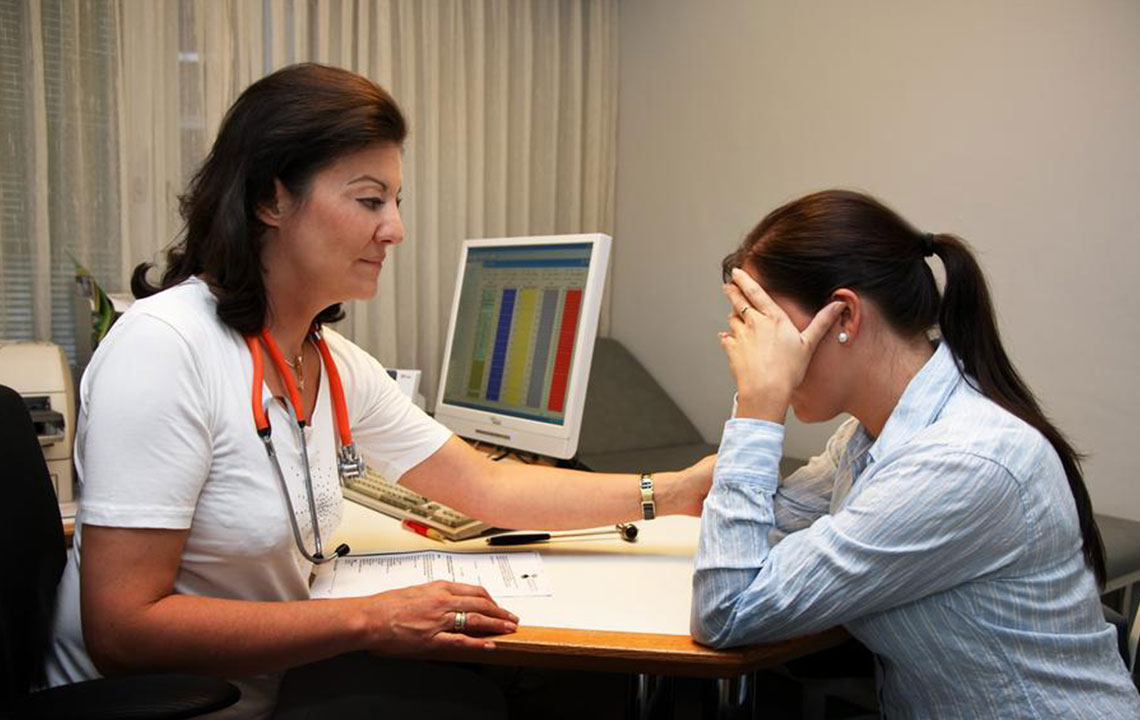Understanding the Treatment Options for Stage IV Breast Cancer

There are 4 stages of breast cancer—stage I, II, III, and IV. Stage IV breast cancer is also known as metastatic or even secondary breast cancer and is the most advanced stage of breast cancer. If left untreated for a long time, then cancer metastasizes (spreads) beyond the breast.
Most often, metastatic breast cancer spreads through the lymphatic system to the liver, bones, lungs, and brain. This, in turn, can result in life-threatening morbidity including myocardial infarction (MI). The size of the tumor varies from one person to another. Approximately more than 154,000 women residing in the US have metastatic breast cancer. Many women diagnosed with metastatic breast cancer have suffered from breast cancer before. However, for some, metastatic breast cancer may be their first diagnosis of breast cancer.
Treatment
Coping with the most advanced stage of breast cancer is quite tough and challenging as an advanced stage of breast cancer remains incurable. Only an oncologist can treat patients diagnosed with stage IV breast cancer. A lot of factors, such as age, health history, and general health are considered. Moreover, the biology of the growth of the tumor and metastasis comes into the picture. Your oncologist will encourage effective treatment. He will also recommend undergoing the course that is best for you out of the four effective treatment options. The four options are as follows:
Breast cancer chemical therapy or chemotherapy (chemo)
This is the first systemic treatment for hormone receptor-negative and hormone receptor-positive (but no longer responds to hormone therapy) stage IV breast cancers. Chemical therapy is better known as chemotherapy. The term “chemotherapy” is often put forward as an overarching definition. In chemotherapy, the cancer cells shrink much faster than that in hormone therapy. In this treatment option, you can even control the growth rate of cancer cells in the body for several years. To destroy the tumors, it might be necessary to opt for a prescription-based treatment, which involves hormones or use cytotoxins. Cytotoxins are toxic agents.
Hormone breast cancer therapy
Hormonal breast cancer therapy is also known as endocrine breast cancer therapy. The main treatment option to improve the symptoms of breast cancer itself is this one. The symptoms depend on the affected part of the body. They may develop over a long period. Patients having hormone-receptor-positive advanced breast cancer can go through this systemic treatment option. ER-positive and PR-positive are hormone-receptor-positive advanced breast cancers.
Targeted therapy
Targeted therapy is a new treatment for stage IV breast cancer. Patients with specific breast cancer characteristics undergo targeted therapy. For instance, breast cancers with too many HER2 protein receptors qualify for this kind of treatment.
Surgery and radiation therapy
In rare cases, you will see that the entire lump or mass in the breast is removed by surgery. Even surgical removal of the breast itself is very rare. Surgery plays a pivotal role in coping with specific breast cancer symptoms. Globally, this trend is growing. Oncologists adopt this method when other treatments fail. However, the success rate is high. Discretion of the doctor on the policy of treatment is important. The doctor will take a pragmatic look at the course of action depending on the situation. Previous experience in the treatment of stage IV breast cancer in the patient is also important. Oncologists subject radiation therapy to the area surrounding the breast.
Multimodal breast cancer treatment
Nowadays, breast cancer treatment tends to be “multi-modal.” An oncologist prescribes a combination or permutation of surgery and radiation. Chemotherapy and endocrine therapies are also included in multimodal treatment. The doctor will then proceed with his treatment based on feedback. Apart from that, the doctor will also check the progress in the planning of the course of treatment. Based on this, the doctor will go on with his next course of action. Continuous interaction with the patient is important. Based on the need, the doctor switches his mode of treatment; he/she will then find out the best stage IV breast cancer treatment method for the patient.
Clinical trials
Metastatic breast cancer treatment has been enhanced to the highest degree for over four decades. This is because of the lessons studied in clinical trials. Clinical trials breast cancer treatments for women having secondary breast cancer. If you are among them, you must get in touch with your oncologist as soon as possible. Getting to know more information from him about clinical trials will benefit you. He will give you access to the state-of-the-art treatments available.
Oncologists will give you the best advice on chemotherapy and hormonal therapy. They will also prescribe pain relief options. Moreover, your oncologist can share details regarding the latest developments in cancer treatment.
Extensive research is been done on the vast topic of stage IV breast cancer these days. This is increasing the treatment options for patients having stage IV breast cancer.


